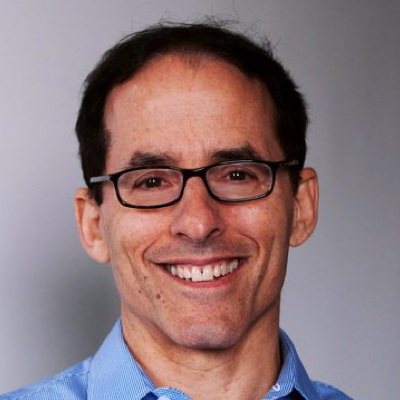December 21, 1997
Mark Weisbrot
Sunday Journal, December 21, 1997
Last week people took to the streets in more than 50 cities to protest the lack of jobs, and the sub-poverty wages faced by people who are the targets of “welfare reform.” The White House responded by saying that 14 million new jobs had been created in the last 5 years and that “the president has been working on the issues of job training and placement” to address the expected mass influx of new job seekers.
The protests were organized by Jobs with Justice, a coalition of community, labor, and religious groups. These groups point to a 14% rise in people seeking emergency food assistance this year, and a similar increase in the ranks of the homeless as evidence that “welfare-to-work” is just code for “welfare-to-destitution.”
Who’s right? Is welfare reform a cynical hoax, just another attempt at victim-blaming that will only make people poorer, without addressing any of the causes of their poverty? Or is it, as President Clinton has claimed, a successful transformation of a system that has “trapped generation after generation of people in poverty and dependency?”
Some observers have argued that it is too early to tell, since most of the people to be removed from the rolls have not yet run up against their time limits. But there is now actually a wealth of evidence which shows that the outcome is predetermined: welfare reform, as currently structured, is bound to fail miserably.
The reasons are very simple. First, there are not enough jobs to accommodate more than a fraction of the people coming off the rolls. A state-by-state estimate of jobs at the low-end of the labor market was conducted by Regional Financial Associates. They estimated that the economy would create only about 54% of the jobs necessary to absorb the people expected to leave the welfare rolls in 1997 and 1998. That’s about two new job seekers for every new job.
If we add in all the other new entrants to the labor force– those not coming from the welfare rolls– the ratio of job seekers to jobs at the low end of the wage spectrum increases to about three to one.
This may seem surprising, since the official unemployment rate is currently 4.6%, a 24 year low. But this is not, as some economists have suggested, full employment. Historical studies of vacancy rates show the same result as the current data: at this unemployment rate, there are about two to three job seekers for every job.
But that’s only the beginning of the bad news. The typical welfare recipient targeted by welfare reform is a single mother with two children. The vast majority of available jobs do not pay nearly enough to lift such families out of poverty.
A recent study of the Midwestern states of Illinois, Indiana, Michigan, Minnesota, Ohio and Wisconsin estimated there were 22 job-seekers for every low-skill job that paid even a poverty-level wage: $12,278 for a family of three. Since this official poverty level understates what it takes to live at even bare subsistence, researchers calculated a “living wage,” based on the cost of housing, food, health insurance, and other basic necessities. This came to about $25,900 a year.
The odds against a former welfare recipient finding a job at a living wage are about ninety-seven to one in the Midwest. Since this region compares favorably to the rest of the economy, it is reasonable to conclude that the odds are not much better, on average, in the nation as a whole.
And there is more bad news. By throwing millions of workers into the low-wage labor market, welfare reform will actually depress wages for workers who can least afford a wage cut. A study by the Economic Policy Institute projected a 12% wage decline for workers in the bottom 30% of the labor force (less than $7.19 per hour), due to welfare reform.
This starkly illustrates the dangers of misdiagnosing the causes of poverty in our society. Having convinced themselves that poverty is primarily a problem of work effort, policy makers have actually worsened the plight not only of former welfare recipients but everyone in the low-wage labor market. We can therefore expect a significant increase not only in poverty among welfare recipients, but also in the numbers of the working poor.
Of course, all of this should have been obvious from the outset. Welfare never made people poor. Low wages, and lack of access to child care, health care, transportation, and most importantly, jobs– these are the real obstacles to the alleviation of poverty.
Until “welfare reform” is transformed into “poverty reform,” the only people who stand to gain from it are politicians who find in it a convenient rhetorical device for turning one part of the electorate against another. No wonder Peter Edelman, who resigned from his position as assistant secretary at the Department of Health and Human Services to protest the welfare reform bill, called it “the worst thing Bill Clinton has done.”






